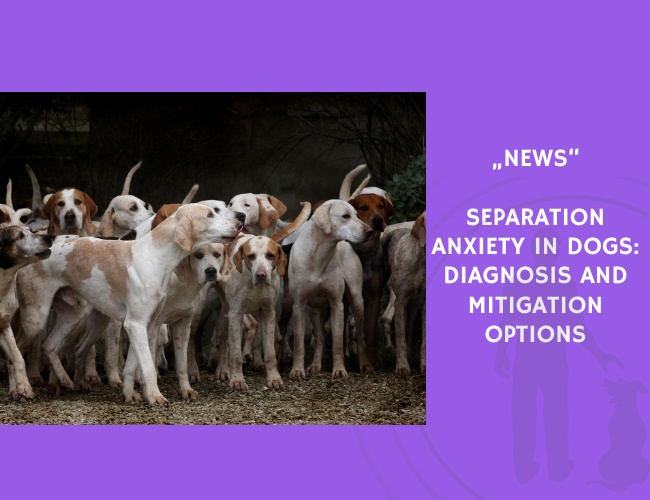Danielle Schlehahn (2018) investigated separation anxiety in domestic dogs, identifying it as the most common anxiety disorder in canines and second only to aggression among reported behavioral problems. Symptoms include excessive vocalization, destructiveness, inappropriate elimination, hypersalivation, and restlessness, typically occurring only during owner absence, which complicates diagnosis.
The paper highlights that separation anxiety is influenced by multiple factors such as breed, sex, attachment level to the owner, existing behavioral issues, and environmental background. Failure to diagnose and treat early can severely harm both the dog’s physical and mental wellbeing, as well as the human–dog bond.
Mitigation strategies reviewed include behavioral training techniques and pharmacological interventions, notably fluoxetine and clomipramine. The author stresses that untreated separation anxiety often results in owner frustration, abandonment, and euthanasia of affected dogs. Schlehahn concludes that further research is needed to refine both diagnostic tools and therapeutic approaches to improve outcomes for dogs and their caregivers.
Source: Schlehahn, D. (2018). Separation Anxiety in Canines and Potential Mitigation Options. Undergraduate Research Journal, 4. Author: Danielle Schlehahn. Journal: Undergraduate Research Journal.










